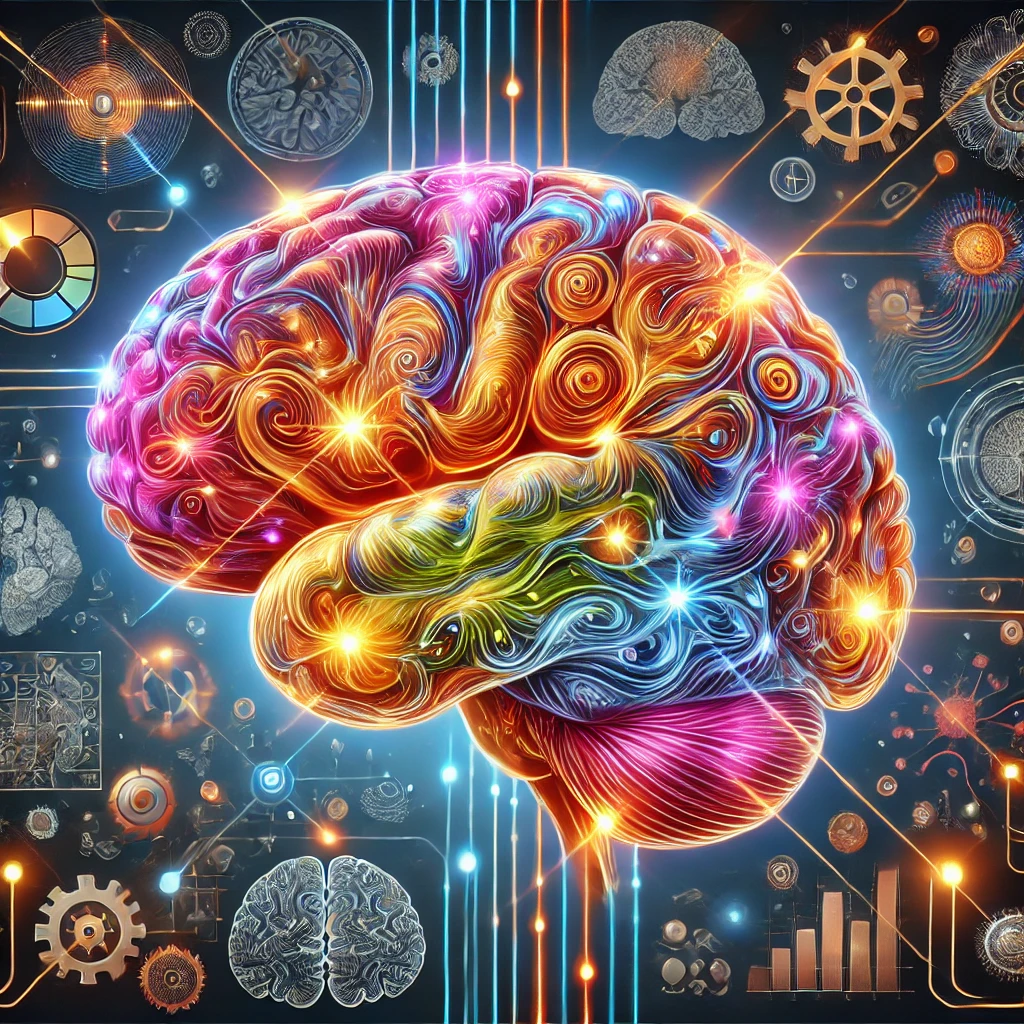Electricity. It is a force that is so omnipresent, so embedded in our daily lives that we often take it for granted. From the soft glow of a bedside lamp to the humming power of a factory production line, electricity fuels our modern world. But what exactly is this invisible power and how do we harness its power?
Table of Contents
A spark through time: the history of electricity
Do you know who discovered electricity? or when was electricity invented? The story of electricity is centuries old. Ancient civilizations, like the Greeks, suffered from static electricity – static shock caused by rubbing amber with fur. However, it was not until the 18th century that Benjamin Franklin’s iconic kite experiment in 1752 demonstrated the relationship between electricity and lightning, introducing the concept of electrical “charge”.
Fast forward to the 19th century, the field of electricity really came to life. Alessandro Volta’s invention of the voltaic pile in 1800 provided a constant source of current, paving the way for further discoveries. Michael Faraday’s discovery of electromagnetic induction in 1831 laid the foundation for generating electricity. His experiments showed that moving a magnet through a coil of wire could produce an electric current. This basic principle remains important in power generation even today.
The latter half of the 19th century virtually witnessed a battle of the streams. Thomas Edison favored the direct current (DC) system, while Nikola Tesla advocated alternating current (AC). Ultimately, AC’s efficiency for long distance transmission won out, becoming the standard for powering our homes and industries.
Invisible Flow: Understanding the Origin of Electricity
Electricity, at its core, is the movement of electrons. These tiny charged particles flow through a conductor, producing an electric current that does work. Three key concepts govern this flow:
- Voltage (V): Imagine voltage as the pressure pushing electrons through a circuit. The higher the voltage, the stronger the “push” and the higher the efficiency of the work.
- Current (I): This refers to the rate of electron flow, measured in amperes (A). Think of it as the amount of water flowing through a pipe – a higher current indicates more electrons moving around within a specific time frame.
- Resistance (R): Not all materials are equally happy to conduct electricity. Resistance, measured in ohms (Ω), represents the opposition to current flow. Think of it like friction in a pipe, which hinders the flow of water (or electrons).
From fossil fuels to the sun’s rays: how we generate electricity
Our electricity comes in two main types: renewable and non-renewable.
Non-renewable sources:
- Fossil Fuels: The most common method is to heat water to produce steam by burning coal, oil, or natural gas. This steam rotates turbines connected to the generator, converting mechanical energy into electricity. While readily available, these methods release greenhouse gases, which contribute to climate change.
- Nuclear energy: Nuclear fission, the splitting of atoms, produces immense heat. This heat boils water and turns it into steam, which drives a turbine to generate electricity. Nuclear power offers a low-carbon alternative, but concerns remain over nuclear waste disposal and safety.
Renewable Sources:
- Solar Energy: Photovoltaic cells in solar panels convert sunlight directly into electricity. This clean and abundant resource offers a promising route to sustainable energy production.
- Wind Energy: We use the kinetic energy of wind to rotate turbines, generating electricity.The number of wind farms is rapidly growing, particularly in regions known for steady winds.
- Hydroelectricity: Flowing water drives hydroelectric turbines, which generate electricity. Dams create reservoirs to store water, allowing continuous power generation. However, large dams can have environmental and social impacts.
- Geothermal energy: The Earth’s core emits heat. Geothermal power plants use this heat source to generate steam and drive turbines to produce electricity.
- Biomass: Burning organic materials such as wood chips or agricultural waste releases heat, which produces steam for electricity. Although renewable, biomass can contribute to air pollution if not managed sustainably.
Power Grid: Bringing electricity to our doorstep
Power generation is just one part of the puzzle. A vast network of interconnected power lines, transformers and substations forms the power grid. This complex infrastructure delivers electricity from production sites to our homes and businesses. The goal is to maintain a constant balance between power generation and demand.
The need for electricity: powering our future
The global demand for electricity is continuously increasing. Population growth, urbanization and technological advancements fuel this demand. Developing countries are experiencing the fastest growth in electricity needs as they seek to improve living standards and industrialize. This necessitates a shift towards renewable energy sources to meet future energy needs without endangering the environment.
Benefits of Electricity: Lighting Our Lives
Electricity has woven itself into the fabric of our lives in an undeniable way. Let me share some risks of electricity which are very common:
- Convenience and comfort: Electricity powers our homes, appliances, and personal devices, making our lives easier and more comfortable. Lighting, heating, cooling, communication and entertainment all depend on this invisible power.
- Economic growth: Electricity boosts industries and businesses, enabling productivity and innovation. From factories to offices, it is the backbone of modern economies.
- Health and education: Electricity powers hospitals, schools and essential services, improving health care delivery and educational opportunities. It contributes significantly to a higher quality of life.
- Environmental Impact (Renewable Sources): While fossil fuel-based power generation has environmental drawbacks, renewable energy sources provide a cleaner alternative. Solar, wind and geothermal energy reduce pollution and greenhouse gas emissions, helping us combat climate change and conserve resources.
Electrical Dangers: A Respectable Section
Despite its benefits, electricity demands respect. Here are some of the potential risks:
- ELECTRIC SHOCK: Contact with live electrical components can cause serious injury or even death. Proper safety measures and responsible use are important to avoid electrical hazards.
- Fire: Faulty wiring or overloaded circuits can cause electrical fires. Regular maintenance and following safety codes are essential to prevent such accidents.
- Environmental Impact (Fossil Fuels): As mentioned earlier, fossil fuel-based power generation contributes to air and water pollution. The shift to renewable energy is important to reduce these environmental impacts.
Conclusion: A brighter future with responsible electricity use
Electricity is a powerful force that has changed our world. As we move forward, responsible use and commitment to renewable energy sources is essential. By embracing innovation in production, storage and distribution, we can ensure a future where electricity will power our lives without compromising the planet.
Here are some additional points you may want to consider depending on your target audience and desired length:
- Future of Electricity: Briefly discuss emerging technologies such as smart grids, energy storage solutions and advances in renewable energy generation.
- The role of individuals: Highlight ways individuals can contribute to responsible electricity use, such as using energy-efficient appliances, conservation practices, and supporting renewable energy initiatives.
- Global cooperation: Emphasize the importance of international cooperation in developing sustainable energy solutions and addressing climate change.
FAQs
General questions about electricity
Question 1: What is electricity?
Answer: Electricity is the movement of electrons through a conductor, producing electric current. This current is used to power various appliances and machinery in our daily lives.
Question 2: How was electricity discovered?
Answer: While ancient civilizations had observed static electricity, it was not until the 18th century that Benjamin Franklin’s experiments demonstrated the connection between electricity and lightning. The 19th century saw significant progress with Alessandro Volta’s invention of the voltaic pile and Michael Faraday’s discovery of electromagnetic induction.
Understanding Electrical Concepts
Question 3: What are the key concepts in electricity?
Answer: There are three major concepts:
- Voltage (V): The pressure pushing electrons through a circuit.
- Current (I): The rate of electron flow, measured in amperes (A).
- Resistance (R): The opposition to current flow, measured in ohms (Ω).
Question 4: Is there any difference between AC and DC?
A: Alternating current (AC) changes direction periodically and is efficient for long distance transmission, while direct current (DC) flows in one direction and is used for short distances and battery-powered devices.
Power Generation
Question 5: How is electricity generated?
Answer: Electricity is generated in a variety of ways, including:
- Fossil Fuel: Burning coal, oil, or natural gas to produce steam, which runs turbines.
- Nuclear Energy: Nuclear fission produces heat to generate steam and drive turbines.
- Renewable sources: A variety of renewable energy sources exist, including solar, wind, hydropower, geothermal, and biomass.
Question 6: What are the benefits of renewable energy sources?
Answer: Renewable energy sources reduce pollution, reduce greenhouse gas emissions, and provide a sustainable way to meet increasing electricity demands without depleting natural resources.
Electricity in our lives
Question7: How does electricity affect our daily lives?
Answer: Electricity provides power to our homes, appliances and personal devices, making life more convenient and comfortable. It also promotes economic growth, supports health care and education and improves the overall quality of life.
Question 8: What are the dangers of electricity?
Answer: The primary risks include electric shock, which can cause injury or death, and electrical fires, often caused by faulty wiring or overloaded circuits. It is important to follow safety measures and maintain electrical systems properly.
Future and responsible use
Question 9: How can we ensure a sustainable future with electricity?
Answer: Adoption of renewable energy sources, improving energy efficiency and advancing technologies such as smart grids and energy storage solutions are key to a sustainable future.
Q10: What can individuals do to use electricity responsibly?
Answer: Individuals can use energy-efficient appliances, practice conservation, and support renewable energy initiatives to contribute to responsible electricity use.
global perspective
Question 11: Why is global cooperation important in power generation?
Answer: International cooperation is important to develop sustainable energy solutions and tackle climate change. Shared knowledge and resources can help accelerate the transition to renewable energy worldwide.
Question 12: What are some emerging technologies in the power sector?
Answer: Emerging technologies include smart grids that optimize energy distribution, advanced energy storage solutions such as batteries, and innovations in renewable energy generation such as more efficient solar panels and wind turbines.



